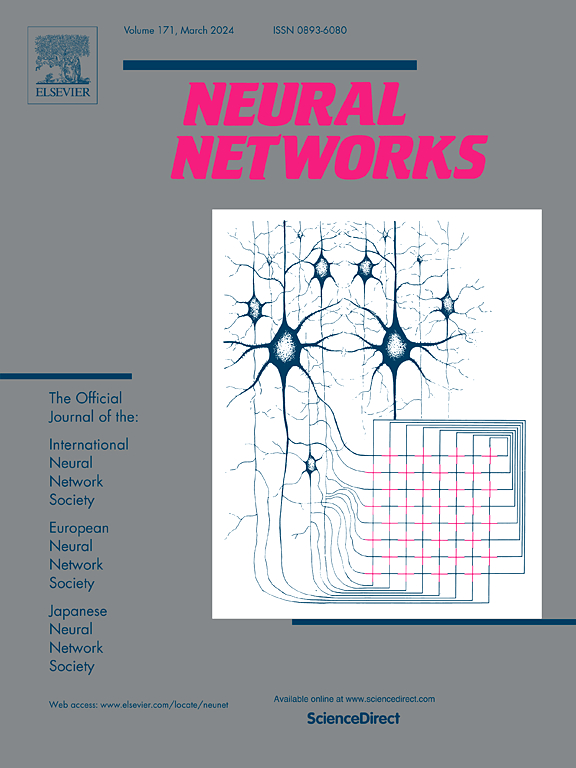U3UNet: An accurate and reliable segmentation model for forest fire monitoring based on UAV vision
IF 6
1区 计算机科学
Q1 COMPUTER SCIENCE, ARTIFICIAL INTELLIGENCE
引用次数: 0
Abstract
Forest fires pose a serious threat to the global ecological environment, and the critical steps in reducing the impact of fires are fire warning and real-time monitoring. Traditional monitoring methods, like ground observation and satellite sensing, were limited by monitoring coverage or low spatio-temporal resolution, making it difficult to meet the needs for precise shape of fire sources. Therefore, we propose an accurate and reliable forest fire monitoring segmentation model U3UNet based on UAV vision, which uses a nested U-shaped structure for feature fusion at different scales to retain important feature information. The idea of a full-scale connection is utilized to balance the global information of detailed features to ensure the full fusion of features. We conducted a series of comparative experiments with U-Net, UNet 3+, U2-Net, Yolov9, FPS-U2Net, PSPNet, DeeplabV3+ and TransFuse on the Unreal Engine platform and several real forest fire scenes. According to the designed composite metric S, in static scenarios 71. 44% is achieved, which is 0.3% lower than the best method. In the dynamic scenario, it reaches 80.53%, which is 8.94% higher than the optimal method. In addition, we also tested the real-time performance of U3UNet on edge computing device equipped on UAV.
求助全文
约1分钟内获得全文
求助全文
来源期刊

Neural Networks
工程技术-计算机:人工智能
CiteScore
13.90
自引率
7.70%
发文量
425
审稿时长
67 days
期刊介绍:
Neural Networks is a platform that aims to foster an international community of scholars and practitioners interested in neural networks, deep learning, and other approaches to artificial intelligence and machine learning. Our journal invites submissions covering various aspects of neural networks research, from computational neuroscience and cognitive modeling to mathematical analyses and engineering applications. By providing a forum for interdisciplinary discussions between biology and technology, we aim to encourage the development of biologically-inspired artificial intelligence.
 求助内容:
求助内容: 应助结果提醒方式:
应助结果提醒方式:


